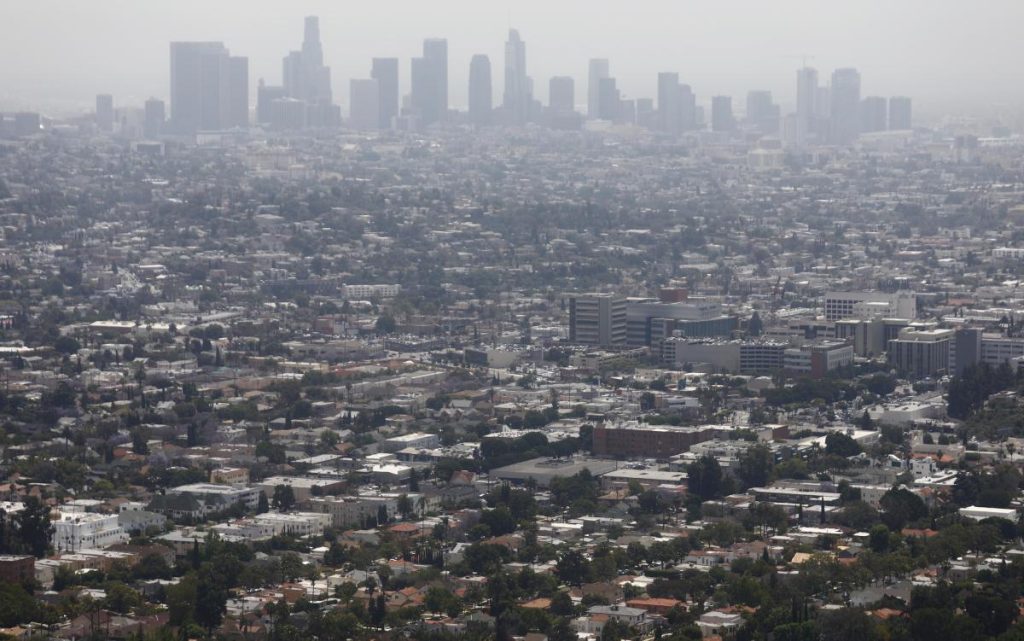The American Lung Association released its latest “State of the Air” report, which revealed that almost 39% of people in the United States live in areas where air pollution poses a risk to their health. The report, based on data collected from 2020 to 2022 by the Environmental Protection Agency, showed that approximately 131 million Americans were exposed to unhealthy air quality during this period. This marked a significant increase compared to previous years, with a disproportionate impact on people of color. Despite emissions of common air pollutants decreasing by 78% since the Clean Air Act was established in 1970, climate change has made managing air quality increasingly challenging, particularly in regions facing extreme weather conditions like drought and wildfires.
The report focused on two groups of pollutants: fine particles, emitted from combustion and chemical reactions, and ozone, produced when pollutants interact with sunlight in the atmosphere. The findings revealed a rise in days of very unhealthy or hazardous particle pollution across the country, affecting millions of people and numerous counties. More than 90 million individuals were living in counties failing national air quality standards for year-round particle pollution levels. Bakersfield, California, was ranked as the worst city for particle pollution, followed by several other cities in California and other states heavily impacted by drought and wildfires.
Ozone pollution continues to pose a threat to human health and the environment, with high concentrations leading to respiratory issues and lung damage. The report identified around 100 million people in 26 states living in areas with failing grades for ozone levels. Climate change-related factors like extreme heat, drought, and wildfires have hindered efforts to reduce emissions, particularly in western states. Los Angeles maintained its reputation as the worst city for ozone pollution, followed by cities in California, Arizona, Colorado, and Texas. The report highlighted the ongoing challenges in transitioning away from coal-fired power plants towards cleaner energy sources.
Despite improvements in air quality over the past 25 years, more than 131 million people in the U.S. still reside in areas with unhealthy levels of air pollution. Cities like Pittsburgh, Indianapolis, Detroit, and Houston were among the metropolitan areas severely affected by particle pollution, impacting residents’ respiratory and cardiovascular health. The report called for enhanced efforts at the state and city level to address air pollution and protect public health. With the ongoing threat of climate change exacerbating air quality challenges, collaboration between government, industry, and communities is crucial to safeguarding the well-being of those exposed to harmful pollutants.


